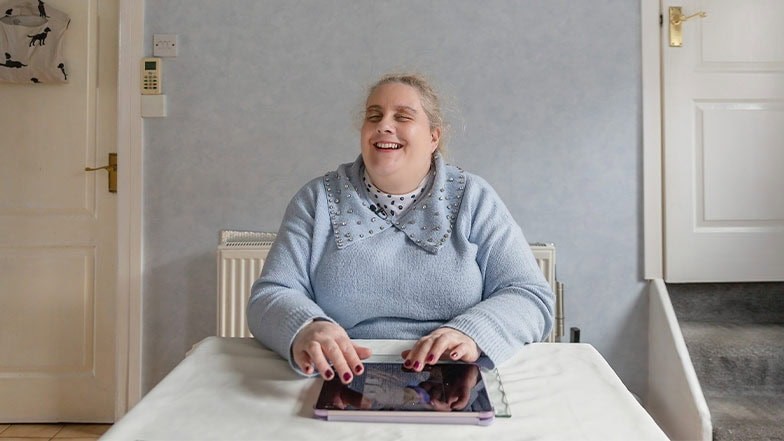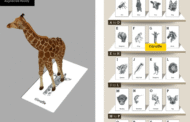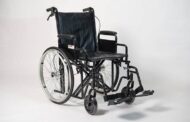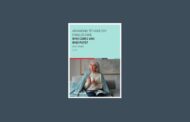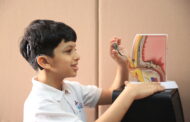By Sarah Sarsby
Published in at today, 11th July 2024
The charity Guide Dogs has launched the new Tech Selector on its website, which is an innovative tool that is designed to empower people with vision impairments by delivering personalized recommendations for assistive technology products and services tailored precisely to their needs.
Read also: Innovative cane designed for hiking launches for blind and partially sighted people
The Tech Selector’s aim is to reduce the need for human assistance, giving more independence and freedom to navigate technology suited to them.
Guide Dogs says it created the online tool to tackle the issue of people with sight loss struggling to identify the right assistive technologies that is relevant for them, such as smart home devices, AI solutions, mobility aids, and orientation apps.
The charity worked with a range of sight loss sector partners and people with lived experience of vision impairment to create the Tech Selector.
A customer insight study conducted by Guide Dogs, RNIB, and the Thomas Pocklington Trust highlighted that 60 percent of people with vision loss felt it was quite or very important for there to be changes and improvements to training to use technology to its full potential. This rose to 70 percent for the development of new smart technology and apps to support people with vision loss.
Similarly, the working group of charities has identified the digital issues faced by the sight loss community, ranging from a dearth of information and confidence to limited access to training and professional support.
“Tech Selector represents a significant leap forward in our mission to foster greater independence and accessibility for individuals with vision impairments,” remarked Sarah Brandwood, Senior Product Manager at Guide Dogs. “By streamlining the process of discovering and selecting accessible technologies, we aim to minimize the barriers that often impede the adoption of these life-changing solutions.”
Designed to cater to both newcomers and seasoned users of accessible technologies, the Tech Selector claims to dramatically reduce the time and effort required to explore available solutions. The tool offers a seamless and intuitive experience, ensuring that individuals with vision impairments can harness the full potential of technology to enhance their daily lives, Guide Dogs underlines.
“Accessibility should never be an afterthought; it should be at the forefront of every technological innovation,” added Sarah. “With Tech Selector, we are not only bridging the gap between technology and accessibility but also empowering individuals with vision impairments to embrace a future filled with possibilities.”
The Tech Selector is a web-based tool that will be hosted on the Guide Dogs website on behalf of the Vision Partnership and the wider sight loss sector. It will enable people to find a list of technology products, apps, and software that could be useful to them. People can select a number of different category filters to tailor the search results to best fit their needs and circumstances.
Once someone has identified potential technology solutions that would suit them, as well as self-contained information on the Guide Dogs technology hub, the site will also signpost people to further information from a range of national and local sight loss organizations.
Marie Howarth, from Oldham, was born with a rare sight condition called primary congenital glaucoma and is registered as severely sight impaired. As a young child, she had no sight in her right eye and some sight in her left eye. She went to a mainstream school and could read and write. When she was about six and a half years old, she had surgeries to release pressure, which resulted in a detached retina and she lost her remaining sight.
Marie has been involved with Guide Dogs since her early twenties when she was partnered with her first guide dog. Her second guide dog, Bertie, has just retired, so she is using a cane while waiting for her third guide dog.
As a young woman with a vision impairment, Marie says her life is massively improved by two things – her guide dog and technology.
Marie commented: “I use technology in almost every part of my life. I couldn’t be without my Apple iPhone and I manage my home with smart technology, and use various apps and devices in my daily life.
“The accessibility of third party apps can still be a bit hit and miss. I always try free apps first, and I’d never pay for an app unless I could be sure it’s completely accessible.
“I’m a real advocate for using mainstream technology. Specialist technology can be so expensive and I don’t think people with a vision impairment should be penalized and have to pay more just to use tech. When I use mainstream tech, it also means that if something goes wrong with it or I can’t find something, I can always just turn off the Voiceover and pass it to my sister or someone. If it was specialist tech she would have no idea how to use it.”
Recently, Aira, an app that provides on-demand, remote visual interpretation for visually impaired and blind individuals, launched an AI image feature. The feature allows Aira users to take a photo; share from their photo gallery, mobile device, or computer; get a detailed description; ask follow-up questions; and receive free validation of AI responses from a visual interpreter.
Reference :

Sarah Sarsby
Digital Content Editor
Sarah joined BHTA Engage who produce (THIIS Magazine, AT Today) in April 2018 as the new Content Writer and Marketing Assistant.
After graduating with a Masters in English Language from De Montfort University, Sarah will be working on all BHTA Engage publications and help ing develop new activities.
Sarah has many different hobbies and interests, she enjoys writing and cooking in her spare time. She also likes to stay active by swimming and practicing yoga.
Digital Content Editor
020 3833 0792






